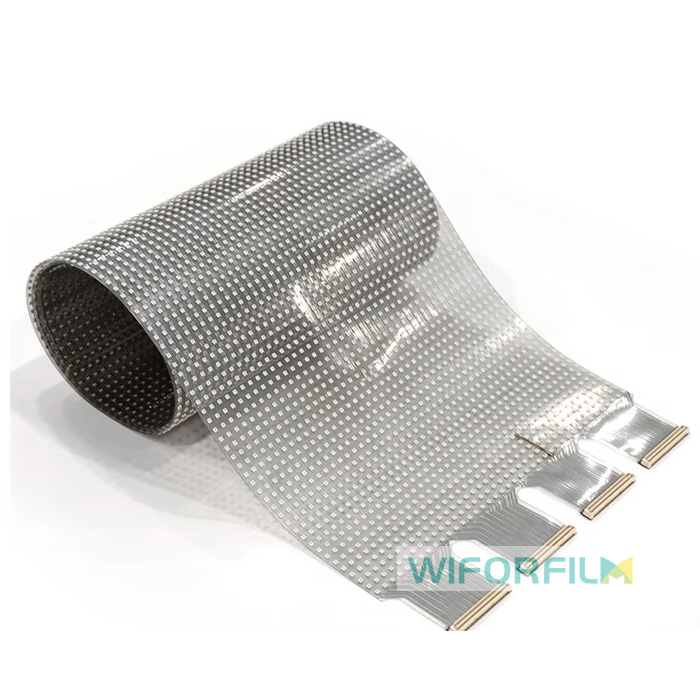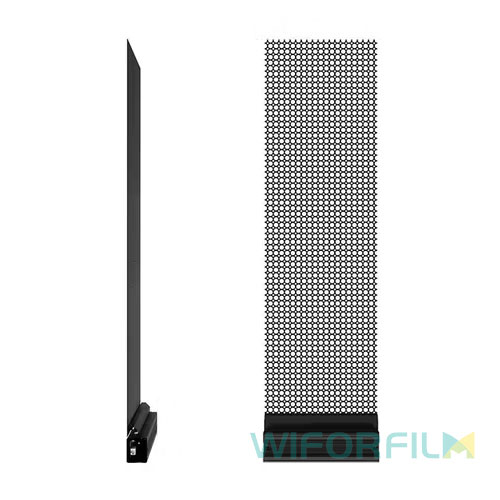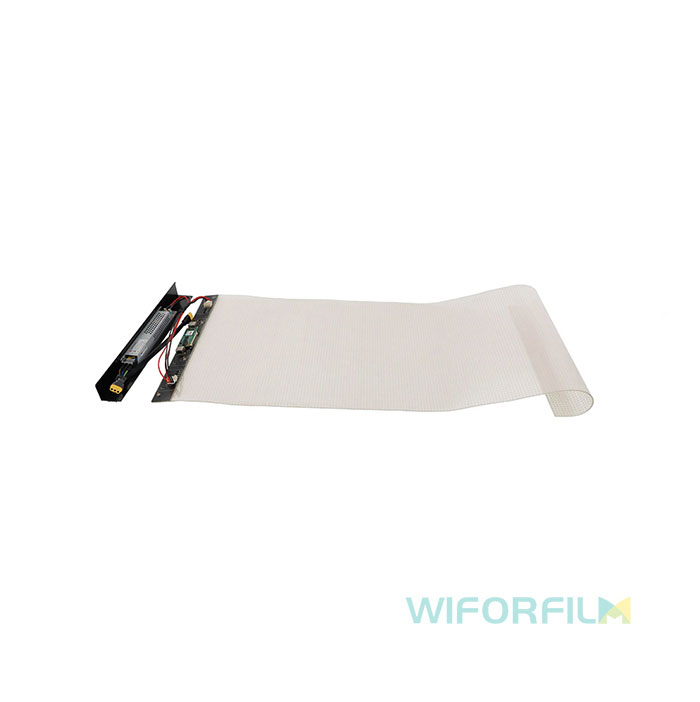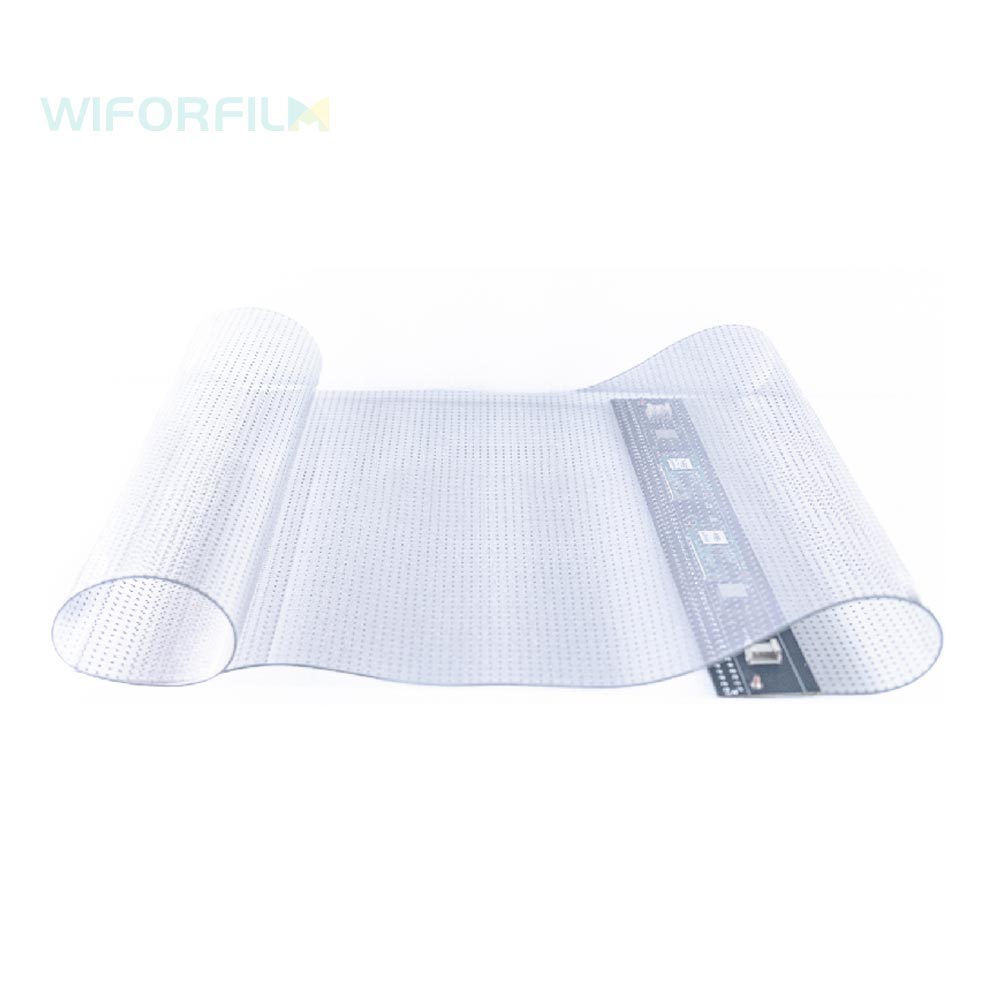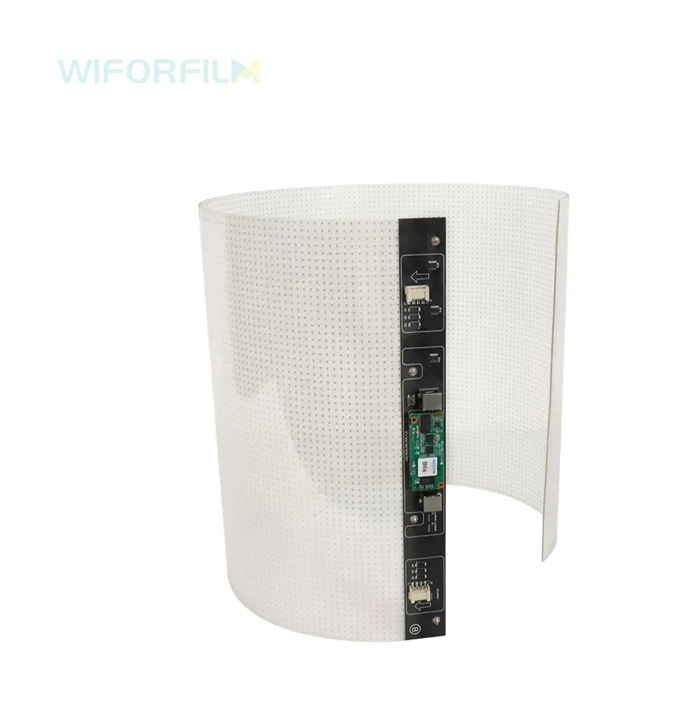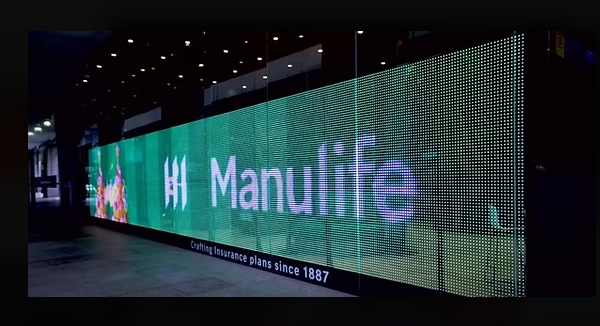
Transparent LED window display are an innovative visual communication technology that allows for the display of digital content on transparent surfaces like glass. This technology offers a unique advantage by providing dynamic advertising and information without obstructing views, making it highly attractive for industries valuing both visual engagement and transparency. The market is growing due to the increasing demand for novel advertising solutions and the technology's versatility across various sectors. Key benefits include enhanced aesthetics, energy efficiency, and interactive potential. While initial costs and brightness limitations in direct sunlight are challenges, ongoing advancements continue to improve performance and broaden applications. This report provides a focused analysis of transparent LED window display, covering their definition, operation, applications, pros and cons versus traditional displays, available technologies, key specifications, major players, cost factors, and emerging trends.
| Feature | Transparent LED Window Display | Traditional LED Displays |
|---|---|---|
| Transparency | High (60-95%) | Low (below 70%) |
| Brightness | Can be limited in direct sunlight | High, excellent visibility even in direct sunlight |
| Cost | Generally higher initial cost | Generally more affordable |
| Installation | Lightweight, easier in some cases | Bulkier, requires stronger structural support |
| Aesthetics | Sleek, modern, blends with surroundings | Conventional, solid design |
| Energy Efficiency | Generally more energy-efficient | Can consume more power |
| Interactivity | Often supports touch and motion sensors | Typically does not support direct interactivity |
| Applications | Retail, architecture, events, corporate, transportation | Billboards, stadiums, large-scale events |
| View Obstruction | Minimal, allows view through | Obstructs view completely |
| Maintenance | Can be complex for some types (e.g., film) | Generally easier and less expensive to maintain |
Technology Overview
Transparent flexible led film display screen for glass windows content without an opaque background, allowing viewers to see through them . This is achieved by embedding LEDs within a transparent substrate like glass, acrylic, or film . When electricity flows through the LEDs, they emit light to form images and videos, controlled by a system that manages each LED . A distinction exists between rigid transparent LED screens and flexible transparent LED films. Screens typically involve LED modules on a transparent panel, while films are thin layers of LEDs on an adhesive backing for application to glass . Key components include LEDs, transparent conductive materials (like ITO), and the arrangement of LEDs defined by the pixel pitch, which affects resolution and transparency . Advancements in OLED and MicroLED technologies are further enhancing transparent display capabilities, offering better contrast, color, and resolution.Key Applications:
Transparent LED window display are utilized across numerous industries. In retail and advertising, they transform storefronts into dynamic showcases without blocking the view of the merchandiseAdvantages and Disadvantages
Compared to traditional LED displays, transparent LEDs offer high transparency and enhanced aesthetics due to their ability to blend with glass surfaces| Specification | Transparent LED Screen (Indoor) | Transparent LED Screen (Outdoor) | Transparent LED Film | Transparent OLED Display |
|---|---|---|---|---|
| Transparency | >42% - >65% | 40% - 70% | 60% - 95% | Up to 45% |
| Brightness (Nits) | 1000 - 5000 | 600 - 8000 | 1500 - 4000 | 200 - 600 |
| Typical Pixel Pitch | 1.9/3.9mm - 3.9/7.8mm | P15.6/15.6mm - P15.6/31.25mm | P4 - P10 | N/A |
| Viewing Angle | Up to 180° | Varies | Up to 160° | Up to 178° |
Cost Analysis
The cost of purchasing transparent LED window displays can vary considerably depending on several factors, including the type of technology (screen vs. film), transparency percentage, brightness levels, pixel pitch and resolution, screen size, manufacturer, and any additional features such as touch capability or customization. Generally, the price of a transparent LED panel is often around $600 per square meterThe cost of transparent LED film also exhibits a wide range, from approximately $600 to $1500 per square meter
Despite the potentially higher initial investment, transparent LED displays can offer long-term cost savings. Their energy efficiency leads to lower electricity bills over time
Conclusion: Transparent LED window display offer a unique and effective solution for visual communication by combining dynamic content with transparency. Their growing adoption across various industries underscores their value in modern advertising and information dissemination. Ongoing technological advancements are expected to address current limitations and further enhance their capabilities, making them an increasingly important technology in the future of visual displays.




